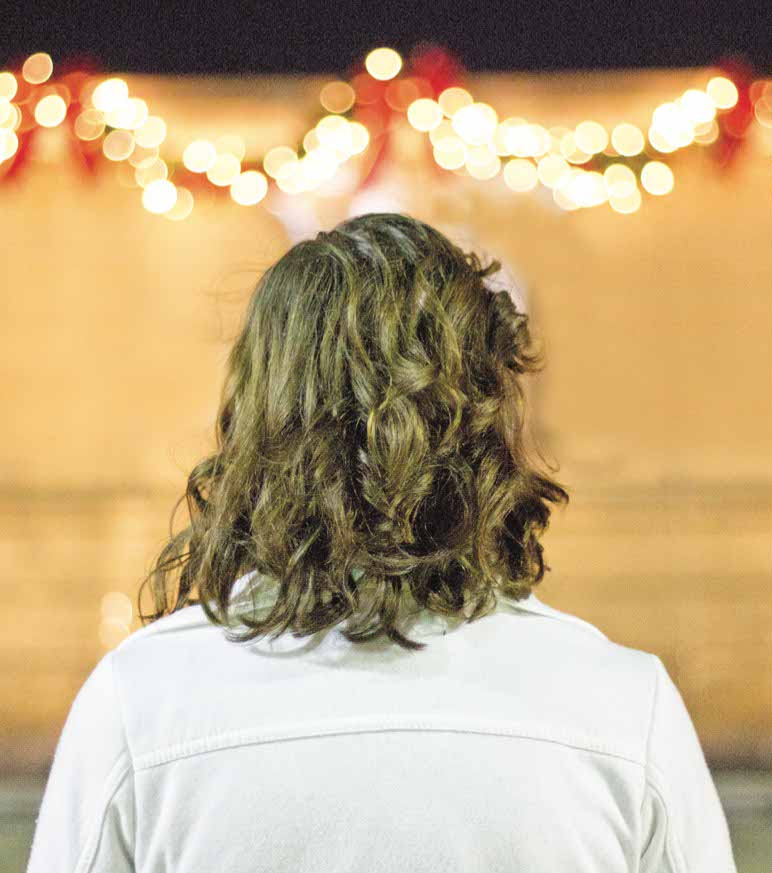As temperatures begin to drop and sunlight becomes scarce, it is not only the leaves on the trees that will be affected by the dark and cold weather in coming months. With people going to great lengths to escape the frosty winds outside, those who stay indoors will be missing out on the important benefits sunlight provides for mental health. The changing weather could be the difference between psychological wellness and depression.
“The weather gets gloomy, and people don’t get to go outdoors as much and they are indoors more, which can affect people. People get irritable and bored and all that,” said Dr. Lee Keyes, psychologist and executive director at The University of Alabama’s Counseling Center.
The way people react to and are affected by darker months varies from person to person, but for some, the effects can be extremely harmful and cause symptoms like apathy, fatigue and hopelessness, which can directly impact the day-to-day quality of life. These symptoms can lead to what is known as Seasonal Affective Disorder, or SAD. While these symptoms are extremely similar to those stemming from other types of depression, the differences come in the very specific causes and treatments coupled with SAD.
“The major difference between SAD and other forms of depression is that the symptoms associated with SAD occur during the winter months and usually go into remission during the spring and summer,” Clayton Shealy, associate clinical professor and director of the University’s Psychology Clinic, said. “Also the symptoms tend to improve with exposure to light. Symptoms are very similar to those seen in major depression, and excessive eating and sleeping are common.
“Although the cause of SAD is not certain, researchers have found connections between SAD symptoms and three biological factors: increased melatonin, a hormone produced by the pineal gland and released in the dark – more melatonin is released in winter when days are shorter and darker – [and] impaired ocular processing of light and deficiencies in serotonin transmission – serotonin is a chemical in the brain related to mood regulation.”
In order to combat SAD, patients who are formally diagnosed go through sessions of phototherapy. They receive the light their bodies need without having to endure the biting cold of the fall and winter weather.
“[The therapy] is sitting in front of a bank of lights for a certain amount of hours in a day,” Keyes said. “The lights you can get are special lights that put out wavelengths that are closest to natural daylight.”
However, the lack of sunlight that comes with seasonal change affects everyone. Even though the majority of people will not develop SAD, there is the potential that people will feel the negative effects of the weather change in milder, but still recognizable ways. People who feel despondent from the chilly weather and being confined to staying indoors have a few less intensive options when it comes to improving mood and keeping the wintertime blues at bay.
“If you just find that you are a little more irritable or grumpy because it’s winter time, there are other solutions such as increasing activity level, exercising more and getting out of your dorm or apartment,” Keyes said. “You can generate positive mood in other ways; we don’t have to just rely on the sunlight.”
Students who think they might be suffering from SAD can seek help at the UA Counseling Center. Visit their website at counseling.ua.edu or call during business hours at (205) 348-3863.









